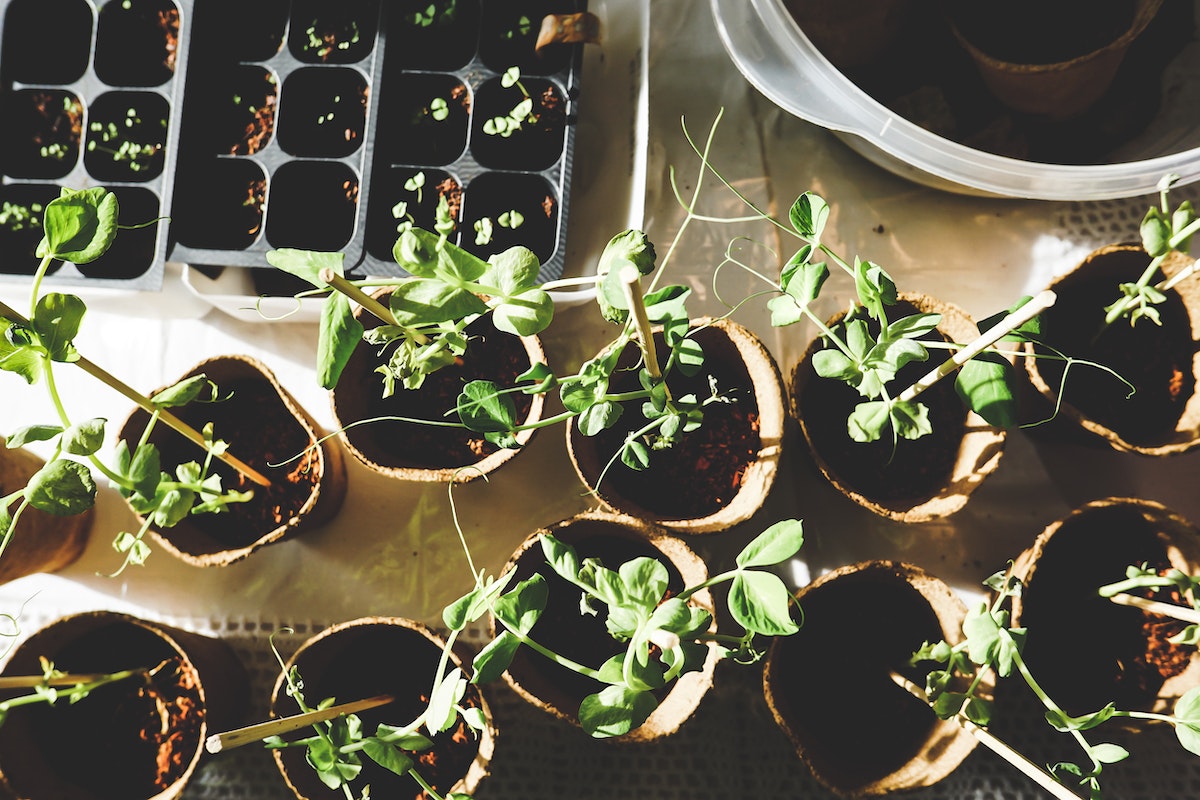Gardening is a great way to get outdoors, get some exercise, and grow your own fresh produce. If you’re new to gardening, knowing where to start can be a bit daunting. Don’t worry—this blog post will share some of our top tips and tricks for growing a high-yield vegetable garden. With a little planning and some basic supplies, you’ll be on your way to harvesting plenty of fresh fruits and vegetables in no time.
1. Start with Good Soil
Healthy plants start with healthy soil. If you want your plants to thrive, starting with good-quality soil that has been amended with organic matter is important. If you’re not sure what kind of soil you have, you can always have it tested by your local cooperative extension service. Here are some tips for amending your soil:
- Add compost. Compost is rich in nutrients and will help improve the structure of your soil.
- Add organic matter. Organic matter helps improve drainage and aeration in your soil.
- Till or spade your soil. This will help loosen compacted soils and allow roots to penetrate more easily.
2. Choose the Right Plant Varieties
Not all plant varieties are created equal; some are more productive than others. When you’re planning your garden, do some research on which plant varieties are known for their high yields. That way, you can be sure you’re getting the most bang for your buck (so to speak!). Keep some things in mind when choosing plant varieties:
- Climate. Make sure to choose plant varieties that are well-suited to your climate.
- Space. If you’re limited in space, choose plants that can be grown vertically or in containers.
- Soil type. Choose plants that will do well in the type of soil you have.
3. Timing Is Everything
Planting at the right time is crucial for getting a high yield from your garden. Make sure you know the recommended planting dates for the vegetables you want to grow before putting anything in the ground. The last thing you want is for your plants to get stunted by an early frost or late heat wave!
You have to be careful about planting too early, though. If you plant your vegetables before the soil has had a chance to warm up, they may not germinate or grow as well as they should. A good rule of thumb is to wait until after the average last frost date in your area before planting anything outdoors.
4. Provide Proper Shade and Shelter
Vegetables need plenty of sunlight to grow, but too much sun can actually be harmful. Make sure to provide some shade and shelter for your plants, especially during the hottest part of the day. You can do this by planting taller vegetables next to shorter ones or by creating a makeshift canopy with a piece of plastic sheeting. Contact a plastic sheet supplier to look for various options that will work for your garden. You can also use shade cloth, which is a type of fabric that is specifically designed to provide protection from the sun.
5. Keep an Eye on Pests and Diseases
Pests and diseases can wreak havoc on your garden, so it’s important to watch them. To avoid this, be proactive about pest control from the very beginning. Start by choosing pest-resistant plant varieties whenever possible, and then take steps to prevent pests from taking up residence in your garden in the first place (e.g., using row covers).

If pests do become a problem, take care of them as quickly as possible, so they don’t have a chance to do too much damage. You can remove pests by hand, use traps, or apply organic pesticides.
6. Water Regularly (but Don’t Overdo It)
Water is essential for plant growth, but too much water can actually be harmful. When watering your plants, make sure to do it in the morning, so they have a chance to dry off before nightfall.
Water at the base of the plant, rather than from above, to avoid wetting the foliage (which can lead to fungal diseases).
And be sure to check the soil before watering so you don’t end up overwatering. You can check the soil moisture by sticking your finger in it; if it’s moist, you don’t need to water it. No matter how often you water, ensure not to do it in the evening, as this can encourage fungal diseases.
These tips have inspired you to start planning (or replanning) your vegetable garden! By following these simple tips and tricks, you can grow a bountiful crop that will provide plenty of deliciousness all season long—enjoy!




